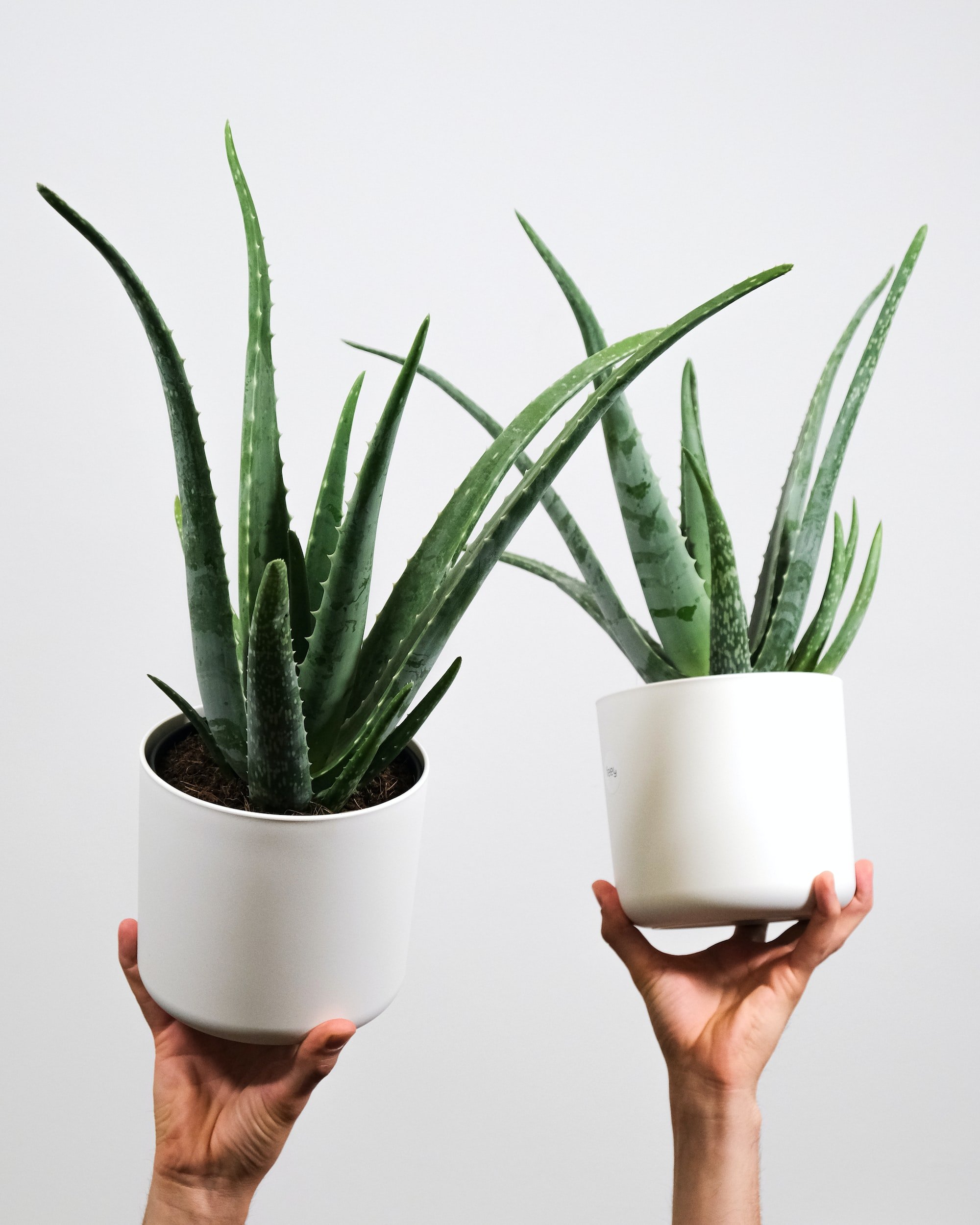Top Plants For Your Bedroom (and the Benefits of Having One!)
The interest in indoor plants and houseplants has reached an all time high over the past few years. Kicked off by the COVID-19 pandemic, the rise of indoor time led to many people looking to improve their space. Renos, DIY projects and diving into the world of indoor plants all played a part in this. In fact, the demand for house plants jumped by 18% during the pandemic, with 70% of millennials (born between 1981 and 1996 ) now calling themselves “plant parents”.
Seriously though. How cozy does this look?
As sleep professionals, we are 100% supportive of this trend. We hope it stays around for a long time! Why? Because houseplants provide a lot of benefits to your overall health and can improve your sleep.
General benefits of plants in your home
There are many benefits to having plants in your home including:
Lowered stress levels
Improved focus
Higher pain tolerance
Reduced fatigue
Improved mood
Sharper focused
How do house plants do this?
Well, surrounding yourself with living things — because plants are in fact living things
— bring feelings of vitality and life into your space. Watering plants and caring for them make you feel connected to something that is growing and (hopefully!) flourishing. More physically, plant soil can hold bacteria that trigger serotonin release in your brain so chemically, they make you feel happier, too.
In terms of fatigue, increased focus, boosted immune system and lower stress levels, plants release oxygen like trees do. Increased oxygen levels is great for your overall health.
So, house plants do a lot to keep you mentally and physically healthy.
Cool facts about houseplants
Hospitals have conducted studies and found that patients held in rooms with plants in them heal faster, experience less pain and take fewer painkillers.
Having houseplants inside can reduce allergens.
Plants love music and studies have shown that exposure to music can make them grow faster.
Plants reduce noise pollution and help absorb excess noise.
Humans have brought plants inside for thousands of years.
The aloe plant is one of the most popular houseplants in America.
Why is it good to have plants in your bedroom?
You may not think you spend a lot of time in your bedroom, but about ⅓ of your life is spent sleeping in your bed in your bedroom. That’s a lot of time to spend in one space. While we sleep, our bodies are healing, growing, resting and recovering.
Think back to all the benefits of houseplants we just talked about. Having that connection to living things, added oxygen and decreased stress can take your sleep quality to the next level.
Choosing what plants will work best in your room
One of the hardest parts of picking plants for your bedroom is making sure that they can thrive there. You want to select plants that will do well based on the access to natural light. Ideally, though, you also want a plant that is known to purify air at a high rate to boost oxygen levels as much as possible while you sleep.
Look for if your window faces north, south, east or west. The direction can determine how much natural light your plants will get.
If you have a pet, you also want to make sure you get a pet-friendly plant that won’t hurt them if they eat it. You can remove this risk altogether by hanging a plant from the ceiling or putting it on a high shelf, out of reach.
You also want to choose plants based on your ability and desire to care for plants. Some plants are a lot pickier with watering schedules and light needs. Others can be left for a while, almost forgotten and thrive on less water and lower light. Think about how much you want to invest into your plants.
Top 4 plants to put in your bedroom to improve your sleep
1. Aloe Vera
Technically a succulent, aloe is most commonly known for the gel that can be used on burns and to heal dry skin. Aloe veras are great for purifying air and release oxygen even at night.
LIGHT NEEDS: Bright direct sunlight. South or west-facing window.
WATER: Every 2 - 3 weeks in the spring and summer. Every 4 weeks or so in the winter.
2. Pothos
A pothos is one of the easiest plants to grow. They purify air of formaldehyde, benzene and carbon monoxide as well as help to eliminate odors. Pothos are great for beginner plant parents because they are hardy against underwatering, low light and thrive on neglect.
LIGHT NEEDS: Does best on bright indirect light, but can adapt to low and medium light spaces. Can do well in any room with any window.
WATER: Every 1 - 2 weeks, allowing the soil to dry out completely between waterings.
3. Spider plant
NASA conducted a study of houseplants and their ability to remove formaldehyde from the air. Spider plants removed 95% of toxic substances from a sealed plexiglass room in 24 hours, making it the highest performance of the study. They are an incredible plant to keep in your room and are perhaps the easiest plant to find. Many buy and sell and trade plant groups have spider plants.
LIGHT NEEDS: Bright to moderate indirect light. Do not place directly in a window with direct sunlight as it can burn the leaves. Best for east or west-facing windows.
WATER: Every week. Do well with wetter soil but shouldn’t be overwatered. Water when soil feels dry-er but not wet.
4. Snake plant
Unlike many plants that only convert CO2 into oxygen during the day, a snake plant continues this process all night long. This is what makes it an ideal bedroom plant. The long leaves can have different colours and shapes. Snake plants are also very common and can be found at most stores.
LIGHT NEEDS: Spider plants do well in low light rooms so you can put one in a back corner of a bedroom with a window facing any direction.
WATER: Every 2 - 3 weeks. They do well with less watering and you can allow the soil to dry completely between waterings. In the winter, you can reduce waterings to once per month.
Tips for buying new plants and getting started
It can be appealing to go to a fancy nursery or plant shop to get your plants. If you’re just getting started, you may want to search a Walmart, Lowes or grocery store for your first plant. Many of these stores sell “tropical plants” for less than $20-ish, which is a great way to get started.
When you bring home a new plant, consider quarantining it in your bathroom for 24 hours to check it for any bugs. Small flying bugs called fungus gnats are one of the most common plant bugs, often caused by overwatering or root rot. Letting the soil dry out or repotting your plants in new soil can eliminate the bugs.
Other quick tips for plants:
Don’t repot plants in the fall or winter but in the spring at the beginning of their growing season
Don’t blindly water plants on your set “day”. Always check the soil first to avoid overwatering.
If you shop for plants in the winter, bring a towel with you to cover and insulate it while you transport it home. Cold weather can shock your plants and kill them.
Keep plants away from cold windows and drafts in the winter.
Houseplants for better sleep
Keeping plants in your bedroom will help improve the quality of your sleep. With these tips and this list, you can get started. Which one of these plants stands out to you the most? Comment below and tag us on Instagram with your bedroom setup.






